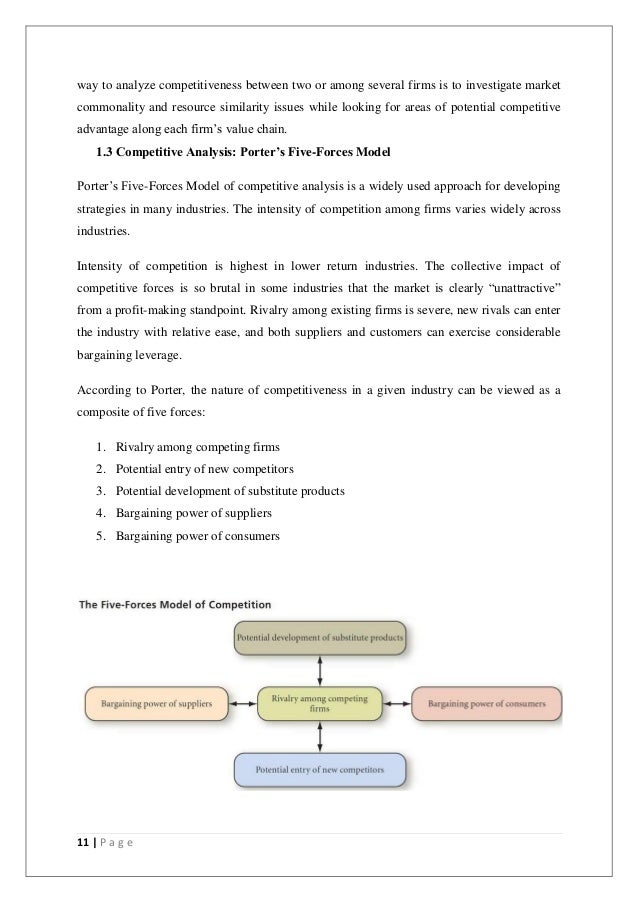Principles Of External Auditing Porter Pdf To Jpg 3,9/5 8327votes
Principles of External Auditing, 3rd Edition. Brenda Porter, David Hatherly, Jon Simon. ISBN: 978-E-UDT-E0022-5. Select type: E-Book. E-Book $37.50. Product not available for purchase. Results released in approximately 15.5 days. Nervous about it now as it was my last subject. Looking at cleaning up my files and sharing my dropbox link soon.

• Aland Islands • Albania • Andorra • Armenia • Austria • Azerbaijan • Belarus • Belgium • Bosnia and Herzegovina • Bulgaria • Croatia • Cyprus • Czech Republic • Denmark • Estonia • Finland • France • Georgia • Germany • Gibraltar • Greece • Greenland • Holy See (Vatican City State) • Hungary • Iceland • Ireland • Italy • Latvia • Liechtenstein • Lithuania • Luxembourg • Macedonia • Malta • Moldova • Monaco • Montenegro • Netherlands • Norway • Poland • Portugal • Romania • Russia • Serbia • Slovakia • Slovenia • Spain • Sweden • Switzerland • Turkey • Ukraine • United Kingdom. • American Samoa • Australia • Bangladesh • Bhutan • British Indian Ocean Territory • Brunei • Cambodia • China • Christmas Island • Cocos (Keeling) Islands • Cook Islands • Fiji • Guam • Hong Kong • India • Indonesia • Japan • Kazakhstan • Korea (the Republic of) • Kyrgyzstan • Laos • Macao • Malaysia • Maldives • Mongolia • Myanmar • Nepal • New Zealand • Pakistan • Papua New Guinea • Philippines • Samoa • Singapore • Solomon Islands • Sri Lanka • Taiwan • Tajikistan • Thailand • Timor-Leste • Tonga • Turkmenistan • Uzbekistan • Vanuatu • Vietnam. Description Principles of External Auditing has become established as one of the leading textbooks for students studying auditing. Striking a careful balance between theory and practice, the book describes and explains, in non-technical language, the nature of the audit function and the principles of the audit process. The book covers international auditing and accounting standards and relevant statute and case law. It explains the fundamental concepts of auditing and takes the reader through the various stages of the audit process. It also discusses topical aspects of auditing such as legal liability, audit risk, quality control, and the impact of information technology.
Brenda Porter is currently visiting Professor at Exeter University and Chulalongkorn University, Bangkok. About the Authors xi Preface xiii Structure of the Financial Reporting Council xvii Glossary of Terms xix 1 What is Auditing? 1 1.1 Introduction 1 1.2 What is an audit? 2 1.3 Types of audit 3 1.4 Auditing vs Accounting 8 1.5 Why are external fi nancial statement audits needed? • Now includes a new final chapter which explores topical issues and proposals prompted by perceived failings in the 2008-9 global financial crisis which point the way to future developments in auditing. • Fully updated with recent changes in International Standards on Auditing produced by the International Auditing and Assurance Standards Board. • Chapter 4 on auditor’s independence has been significantly revised • Chapter 14 on the audit report has been fully updated reflecting changes introduced by the UK’s Auditing Practices Board.
• Chapter 5 has been restructured and extensively revised to reflect developments in governance reporting and auditing requirements. It also explains the new structure of the Financial Reporting Council. • Chapter 17, which in previous editions covered internal environmental audits, has been removed and the existing chapter 18 on corporate responsibility assurance engagements becomes Chapter 17. • A new chapter 18 has been added covering current developments in auditing. The section on the audit expectation-performance gap has been moved from chapter 5 and will be included in the new chapter 18. Chalte Chalte Full Movie Song Download.
• Sets auditing in the context of corporate accountability and responsible corporate governance • Provides a considered balance between theory and practice • Uses a conceptual framework which gives students a sound understanding of the concepts and ethical principles which underpin auditing practice. • Explains the application of the International Standards on Auditing which are applicable in virtually all countries of the world (and are similar to the auditing standards promulgated by the Public Company Accounting Oversight Board in the United States of America. • Provides an insightful section on the historical development of auditing. • Takes the reader step by step through the auditing process from engagement to issuing reports. • Provides an up to date review of issues relating to auditor liability and the measures auditors have taken to avoid exposure to liability. • Provides an informed understanding of the audit expectation-performance gap. • Provides a discussion of topical issues and proposals for developments in auditing.
In economics, physical capital or just capital is a factor of production (or input into the process of production), consisting of machinery, buildings, computers, and the like. The production function takes the general form Y=f(K, L), where Y is the amount of output produced, K is the amount of capital stock used and L is the amount of labor used. In economic theory, physical capital is one of the three primary factors of production, also known as inputs in the production function. The others are natural resources (including land), and labor — the stock of competences embodied in the labor force. 'Physical' is used to distinguish physical capital from human capital (a result of investment in the human agent)), circulating capital, and financial capital.[1][2] 'Physical capital' is fixed capital, any kind of real physical asset that is not used up in the production of a product. Usually the value of land is not included in physical capital as it is not a reproducible product of human activity.
